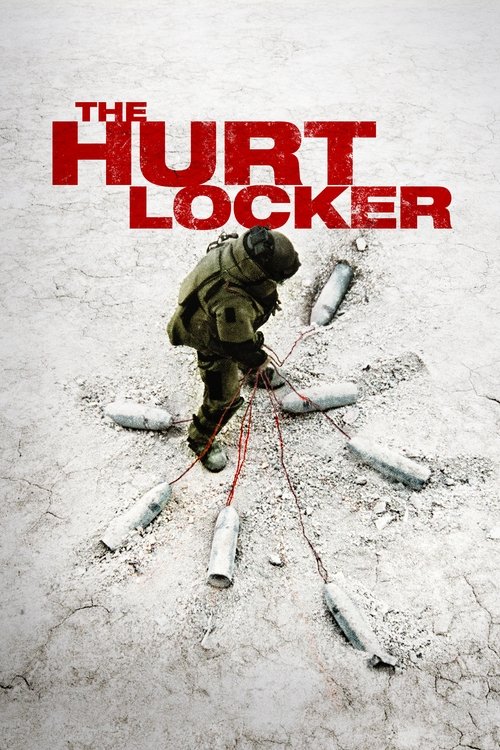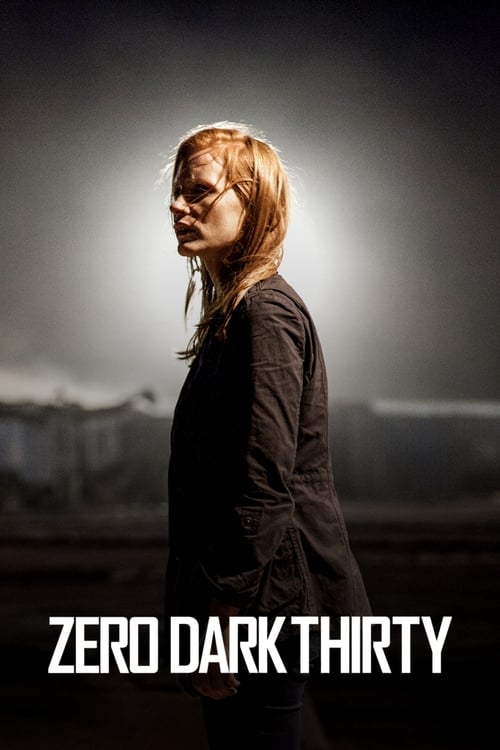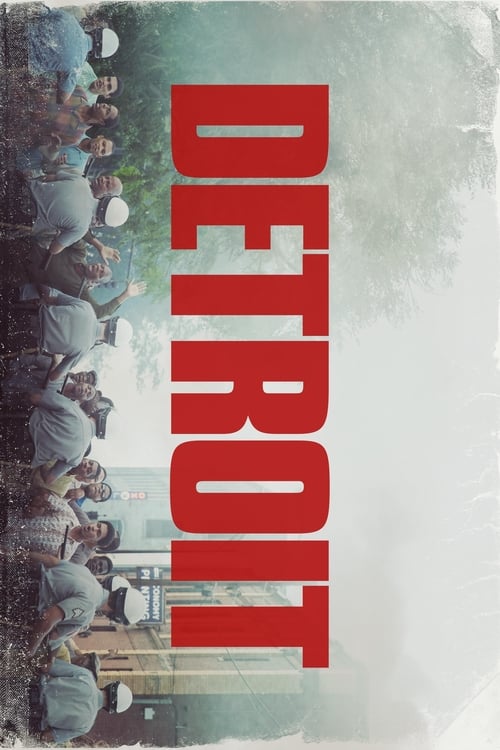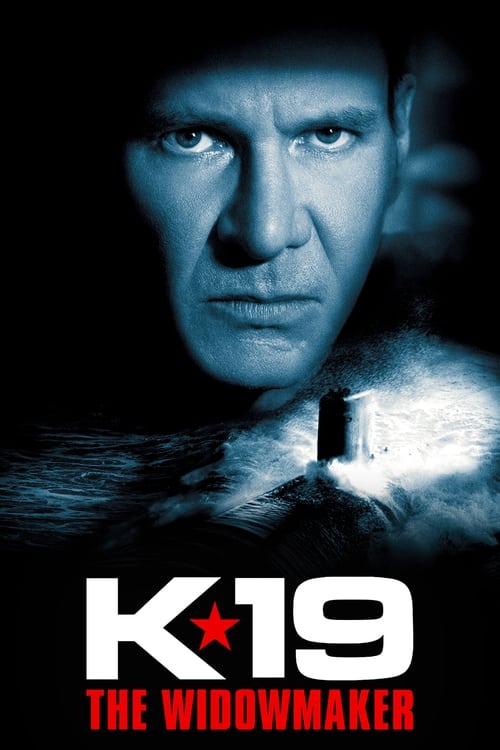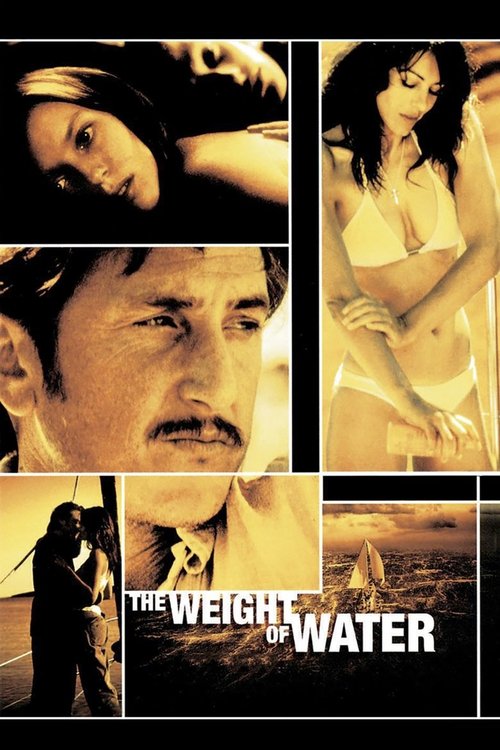Kathryn Bigelow: Action Auteur
Redefining genre filmmaking
Kathryn Bigelow stands as a pioneering force in action cinema, shattering gender barriers while revolutionizing the visual language of contemporary thriller and war films.
Bigelow's emergence in the 1980s marked a significant shift in action filmmaking. Her 1987 vampire-western hybrid "Near Dark" demonstrated her unique ability to blend genres while maintaining intense psychological depth. The film's innovative approach to violence and intimacy, coupled with cinematographer Adam Greenberg's haunting nocturnal imagery, established Bigelow's distinctive visual style. Her technical precision and understanding of action choreography became evident in this early work, where she crafted sequences that were both viscerally impactful and narratively meaningful.
"Point Break" (1991) represented Bigelow's masterful elevation of the action genre. The film's ambitious surfing and skydiving sequences, shot by cinematographer Donald Peterman, set new standards for practical effects and immersive action cinematography. Bigelow's direction emphasized the physical authenticity of performances, requiring extensive training from leads Keanu Reeves and Patrick Swayze. The film's exploration of masculine identity and authority, filtered through Bigelow's unique perspective, added layers of complexity to what could have been a straightforward crime thriller.
The commercial and critical success of "Strange Days" (1995) showcased Bigelow's ability to merge cutting-edge technical innovation with social commentary. The film's revolutionary first-person POV sequences, achieved through custom-designed camera rigs, predated many modern virtual reality concepts. Cinematographer Matthew F. Leonetti worked closely with Bigelow to create a dystopian noir aesthetic that influenced science fiction filmmaking for decades. The film's exploration of voyeurism, technology, and social unrest remains remarkably prescient.
"The Hurt Locker" (2008) marked a pivotal moment in both Bigelow's career and war film history. Her decision to shoot in Jordan with documentary-style immediacy, utilizing cinematographer Barry Ackroyd's expertise in handheld photography, created an unprecedented level of authenticity. The film's focus on the psychological impact of war rather than traditional combat narratives revolutionized the genre. Bigelow's direction earned her the Academy Award for Best Director, making her the first woman to receive this honor.
Following this success, "Zero Dark Thirty" (2012) demonstrated Bigelow's mastery of complex narrative structures and controversial subject matter. Working again with cinematographer Greig Fraser, she created a methodical, documentary-like approach to the decade-long hunt for Osama bin Laden. The film's clinical examination of intelligence gathering and military operations, combined with its moral ambiguity regarding torture and surveillance, sparked intense debate while showcasing Bigelow's evolving visual style.
"Detroit" (2017) represented Bigelow's most direct engagement with American social issues. Collaborating with cinematographer Barry Ackroyd again, she employed their established documentary-style approach to recreate the 1967 Detroit riots with haunting immediacy. The film's claustrophobic intensity and unflinching examination of racial violence demonstrated Bigelow's ability to use action film techniques to address serious historical subjects.
Throughout her career, Bigelow's influence on action cinema has been profound. Her technical innovations in camera movement and practical effects have influenced filmmakers like Christopher Nolan and Denis Villeneuve. Her ability to bring psychological depth to action sequences while maintaining narrative coherence has elevated the genre beyond simple spectacle. Her work consistently challenges audience expectations while delivering sophisticated commentary on violence, authority, and social justice.
More Ideas
More from Women Directors
Silent Era Pioneers: Weber & Pickford
Early women behind the camera
Ida Lupino: The Forgotten Auteur
Actor-director breaking barriers
Chantal Akerman: Radical Minimalism
Feminist time and space
Jane Campion: Feminine Gothic
New Zealand's poetic vision
Contemporary Voices: Gerwig to Zhao
New generation storytellers



